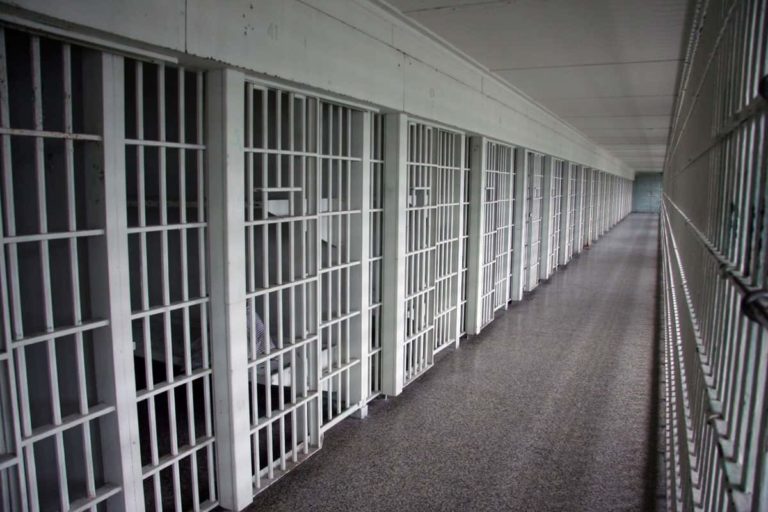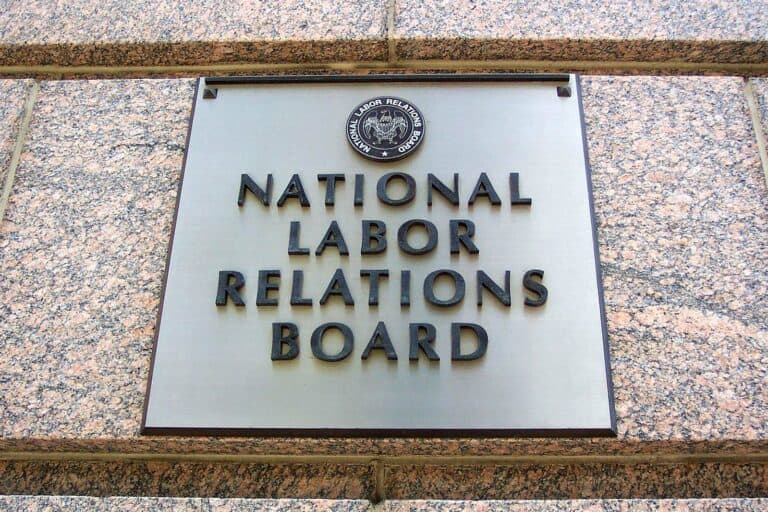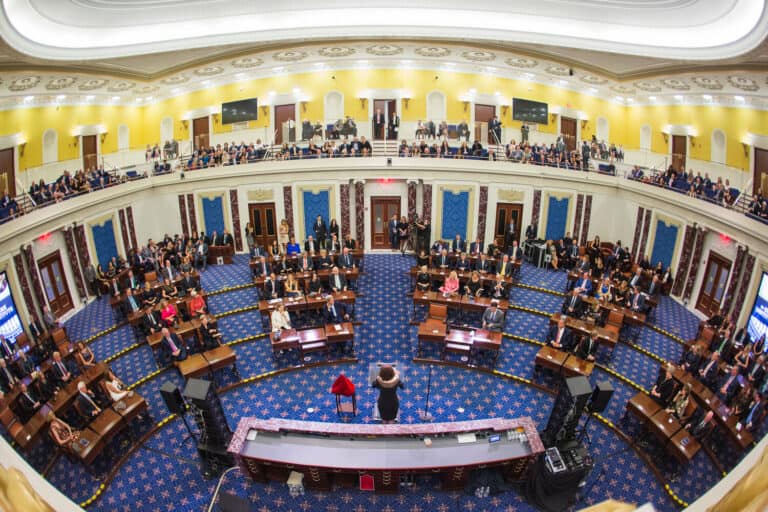
Noah Zatz is Professor of Law at the University of California, Los Angeles.
On January 1, California’s new “Ban the Box” law took effect. Although California is known for its progressive labor policies, it also has a dismal history of racialized mass incarceration, making this development especially important. The new law fits squarely within the wave of “Fair Chance Hiring” policies steadily advancing in states and localities nationwide, coupling bright-line rules against criminal record screening (“the box”) earlier in application processes with substantive standards at the end, where any consideration of criminal records must be justifiable by virtue of their “nexus” with the job and in light of the applicant’s subsequent track record. But in 2017, California actually Banned the Box twice, and the other development has been less widely noticed but is more distinctive legally.
Taking effect on July 1, 2017 were new regulations on criminal record screening under state employment discrimination law, issued by the California Fair Employment and Housing Council (FEHC). The main thrust of the regulations is to develop the legal framework for analyzing the racially disparate impact of criminal record exclusions. In California, the Council has the authority to issue binding regulations under the state’s Fair Employment and Housing Act (FEHA). This contrasts with federal law, where the Equal Employment Opportunity Commission (EEOC) lacks rulemaking authority with regard to Title VII’s substantive employment discrimination provisions. FEHC’s action, therefore, operates as an important upgrade in the legal status of the EEOC’s 2012 Guidance on the topic under Title VII, a prominent and influential analysis that nonetheless lacks the force of law.
Moreover, the California regulations go beyond the EEOC Guidance in two noteworthy ways. The first concerns “nexus” analysis. The second, addressed in the next post, concerns how to establish the existence of an actionable disparity.
Under employment discrimination law, the nexus issue arises at the stage of assessing whether an employer policy with a disparate impact is nonetheless justified as “job related and consistent with business necessity.” Analogous questions arise under “Fair Chance” laws, which always permit employers to use criminal records when they have a “direct and adverse relationship with the specific duties of the job,” or the like. Such concepts can be difficult to apply, and there is reason for concern that in practice courts will unduly defer to employer judgments, especially when they reflect widespread practice. The Ban the Box movement has, as in the new California statute, largely taken a procedural approach to this problem, lengthening the list of factors and evidence that employers must consider, adding layers of notice and opportunity to be heard within the employer’s decisionmaking process, and generally seeking more “individualized assessment.”
In addition to such elements, the new California regulations also introduced an alternative bright-line technique into “nexus” evaluation. A rebuttable presumption is established that criminal record exclusions are unjustified once seven years have passed since the conviction. That time period is broadly consistent with, and was explicitly informed by, empirical research on “time to redemption”—the time after which a criminal record is no longer predictive of further criminal justice contact, relative to an otherwise identical person with no such record.
Such formalization offers an intriguing alternative for those who are skeptical of courts’ willingness to stringently apply vaguer standards, or who worry that the intentionally subjective process of “individualized assessment” opens the door wide to racially biased judgments about culpability and redemption, as well as to enforcement of a variety of respectability demands. Advocates fear, however, that bright lines would validate the exclusion of people on the wrong side of the line, despite individualized circumstances that vindicate them. But of course, the opposite could also be the case. It is an important and deep question in policy design, reminiscent of the one that plagues disability determinations. Such determinations have long struggled with the balance between the bright-line approach reflected in the Social Security Administrations “grid” and in some applications of the Americans with Disabilities Act’s (ADA) “substantially limits” criterion, versus more pervasively individualized determinations. Indeed, the gap between those approaches was critical to the Supreme Court’s Cleveland v. Policy Management Systems Corp. decision reconciling ADA and social security disability standards.
The California regulations’ second innovation applies to disparate impact analysis more generally. It concerns the critically important but quite neglected question of what kinds of evidence can be used to establish the existence of an actionable disparity. The next post discusses this facet of regulations.










Daily News & Commentary
Start your day with our roundup of the latest labor developments. See all
October 29
9th Circuit rejects challenge to NLRB's constitutional structure; preemption challenges to state labor peace statutes
October 28
Two federal unions oppose CBA cancellations, another federal union urges Democrats to end the government shut down, and Paramount plans for mass layoffs
October 27
GM and Rivian announce layoffs; Boeing workers reject contract offer.
October 26
California labor unions back Proposition 50; Harvard University officials challenge a union rally; and workers at Boeing prepare to vote on the company’s fifth contract proposal.
October 24
Amazon Labor Union intervenes in NYS PERB lawsuit; a union engages in shareholder activism; and Meta lays off hundreds of risk auditing workers.
October 23
Ninth Circuit reaffirms Thryv remedies; unions oppose Elon Musk pay package; more federal workers protected from shutdown-related layoffs.